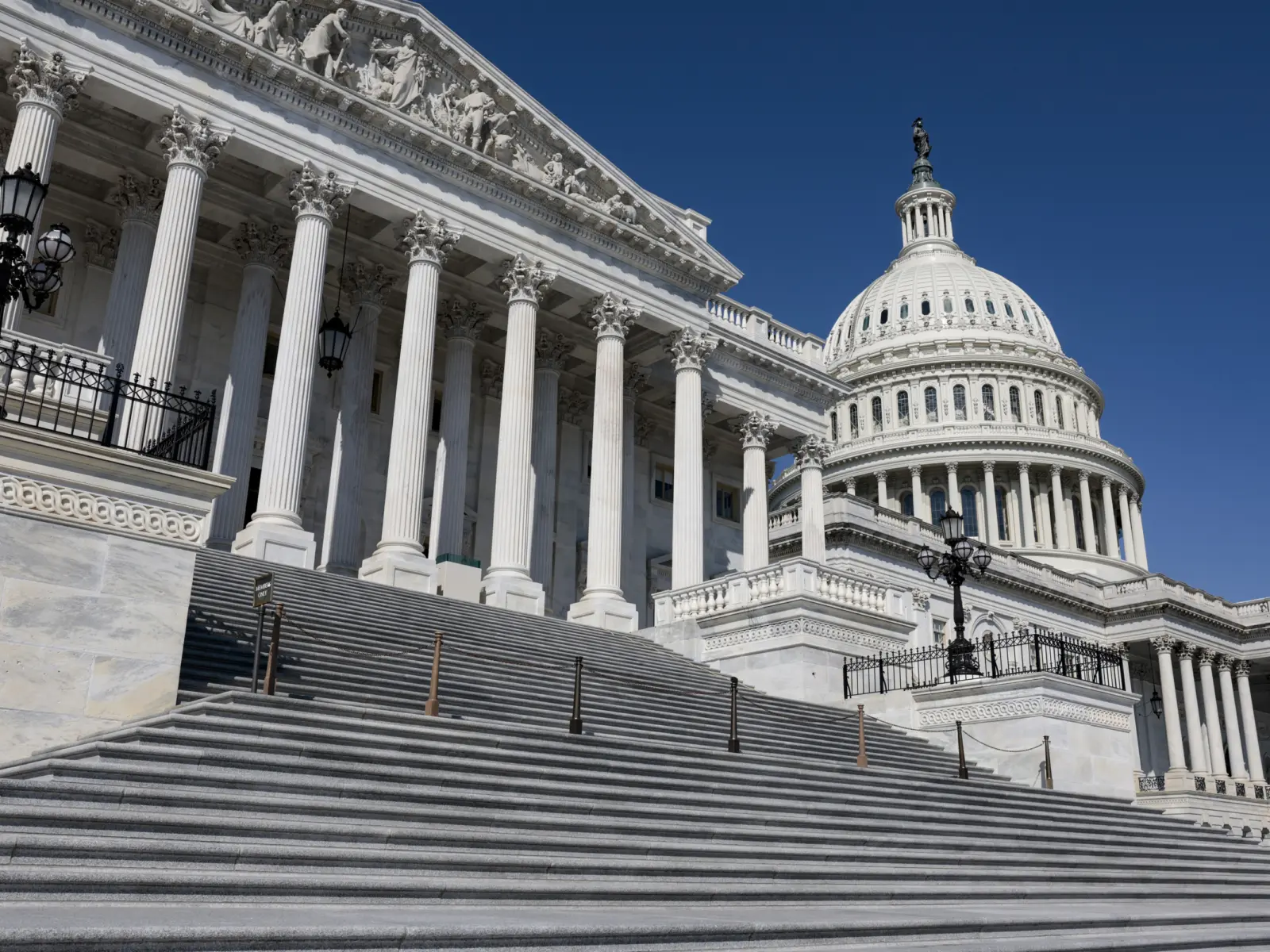The year saw historic drug pricing reforms a decade in the making and the enactment of a new law to guard patients against surprise medical bills, among other significant areas of progress in the health care reform space.
Historic Drug Pricing Reforms Come to Pass
Congress passed historic reforms to lower the prices of prescription drugs by allowing Medicare to negotiate for some of its most expensive medications. Every other industrialized country does some form of this, and as a result, they pay less than half what Americans pay for the same medicines. Also included in the reform effort: Drug companies that raise prices above the rate of inflation will be penalized. And beginning in 2025, people in the Medicare Part D program will have out-of-pocket spending capped at $2,000 a year with the ability to smooth costs throughout the calendar year. (Today, cancer patients who take one of the most common 10 anticancer drugs in Medicare Part D, who do not qualify for low-income subsidies, pay between $10,000 and $15,000 out-of-pocket for one year’s worth of medicine).
Relief from skyrocketing drug prices comes at a time when nearly 1 in 3 Americans say it is difficult to afford their medicines. Efforts to lower prescription drug prices have met fierce opposition from the pharmaceutical industry for decades. Why did drug industry arguments no longer carry the day? Evidence and patient storytelling played a major role in shaping the debate around high and rising drug prices leading up to the passage of the Inflation Reduction Act.
Related: Read AV’s Drug Pricing Fact Sheet.
The “No Surprises Act” Guards Against Expensive, Unexpected Bills
The No Surprises Act — a major win for patients across the United States — went into effect on Jan. 1, 2022. Prior to its passage, millions of Americans received expensive surprise medical bills, many of which ran upwards of thousands of dollars, and typically resulted when a patient saw an out-of-network provider that they were not able to choose. These unexpected bills not only financially devastated individual patients and families but resulted in higher premiums for everyone.
Under the law, patients should not receive a surprise medical bill from an out-of-network provider after receiving care in an emergency room; after receiving any care at an in-network health care facility; or after being transported by air ambulance (helicopter or airplane). According to a recent survey, the new law has prevented more than 9 million surprise bills since January 2022.
Read the latest on the NSA from the Centers for Medicare and Medicaid Services.
Related: ‘We’ve Come so Far’: The No Surprises Act is a Law Worth Defending.
12 Million Americans Get Closer to Better, Integrated Health Care
More than 12 million Americans are enrolled in both Medicare and Medicaid — two programs never designed to work together. Evidence shows that integrating the two programs can go a long way toward providing both a better experience for people who are dual-eligible and toward reducing government spending. Few dual-eligible individuals rate themselves in excellent or very good health today, yet we spend more than $440 billion annually for their care, accounting for a disproportionate share of the Medicare and Medicaid programs’ budgets. The reform space in 2022 was full of policy bright spots for this population, from the introduction of a federal bill that would require every state to have a plan to integrate its Medicaid program with Medicare, to a new federal rule that made considerable strides to improve care coordination. In November, a bipartisan group of senators launched an effort to improve care for this population, a nod toward broader Congressional interest in developing a federal solution to improve care for people who are dual-eligible. States like North Carolina and Indiana are creating standout initiatives that build on existing capacity and can help lead to healthier outcomes and health care savings for the dual-eligible population.
Related: Read Dual-Eligibility Facts and Figures; Arnold Ventures Responds to Bipartisan Senators Seeking Advice on Improving Care for 12+ Million Americans.
Medicare Advantage is Under Scrutiny
Nearly 50% of all Medicare beneficiaries are now in Medicare Advantage, a federally-funded program that enables beneficiaries to receive Medicare coverage through a private managed care plan. Rapid growth in enrollment and the increased role Medicare Advantage plays in overall Medicare spending raises important questions about the value Medicare Advantage plans are providing to beneficiaries and taxpayers.
Scrutiny over the program intensified in 2022 with a Senate Finance Committee investigation into deceptive marketing practices, a Congressional oversight hearing focused on plans’ upcoding and claims denials, new supplemental benefit reporting requirements issued by CMS, and high profile media stories spotlighting coding practice and flaws in the payment system that contribute to billions in overpayments.
At the center of it all: Medicare overpays for Medicare Advantage, costing taxpayers billions of dollars each year. Overpayment stems in large part from plans’ incentives to aggressively code enrollees’ diagnoses to generate higher payments. Reducing overpayments to Medicare Advantage is critical for improving the fiscal sustainability of the Medicare program and shoring up the Hospital Insurance Trust Fund, which funds nearly half the Medicare Advantage program and is set to be depleted in 2028.
Related: Medicare Advantage’s Exponential Growth Spurs Scrutiny; AV Calls for Changes to Medicare Advantage to Reduce Overpayments; Four Takeaways from a Congressional Hearing on Oversight of Medicare Advantage Plans
Provider Payment Reform Makes Progress
Over the last decade, the U.S. health care system has tested dozens of payment models that change how health care providers deliver care and get paid, with the goal of incentivizing higher quality care while containing costs. While many of these models have been unsuccessful, accountable care organizations (ACOs) have emerged as one of the most promising approaches, with a demonstrated ability to improve quality and produce net savings to Medicare.
In 2022, CMS made major changes to improve Medicare’s largest and only permanent ACO program (known as the Medicare Shared Savings program or MSSP) through the 2023 Medicare Physician Fee Schedule rule. The MSSP is a key platform to build upon to shift more providers and the Medicare beneficiaries they treat into accountable care models. Last year’s changes to the MSSP will help encourage greater participation in the program, particularly among safety net providers, control health care costs, and sharpen the focus on advancing heath equity.
Related: Federal Reforms Poised to Strengthen Model That Offers High-Quality Care at Lower Costs
















